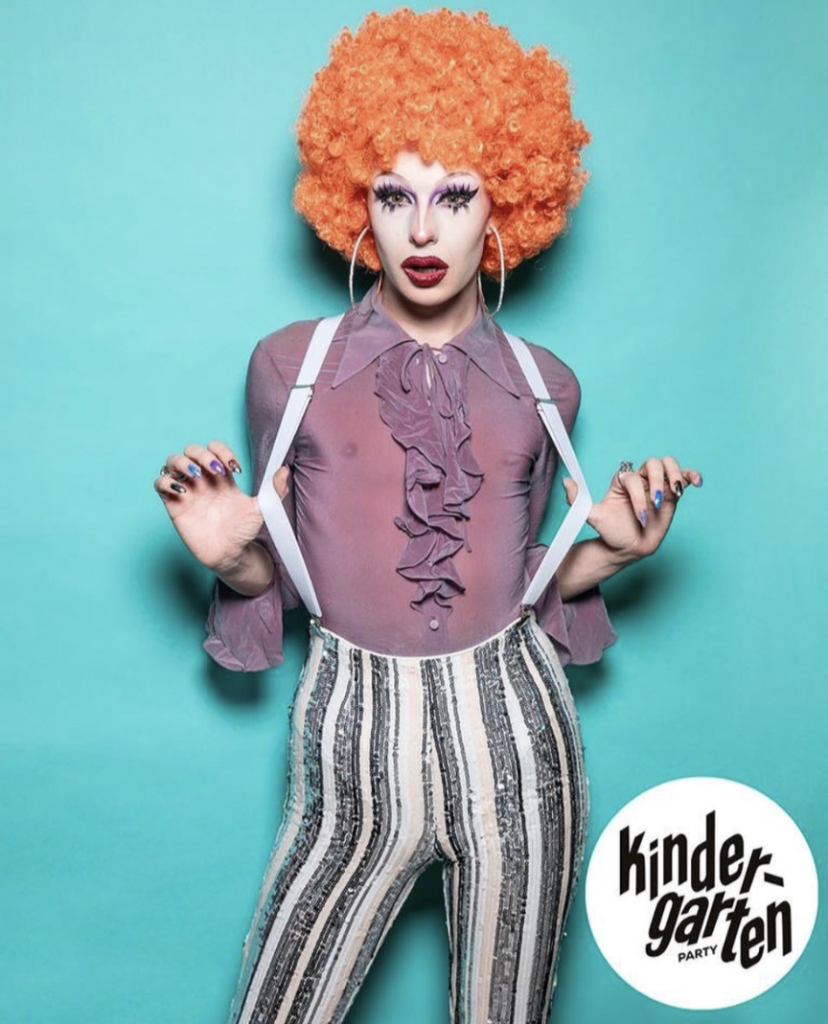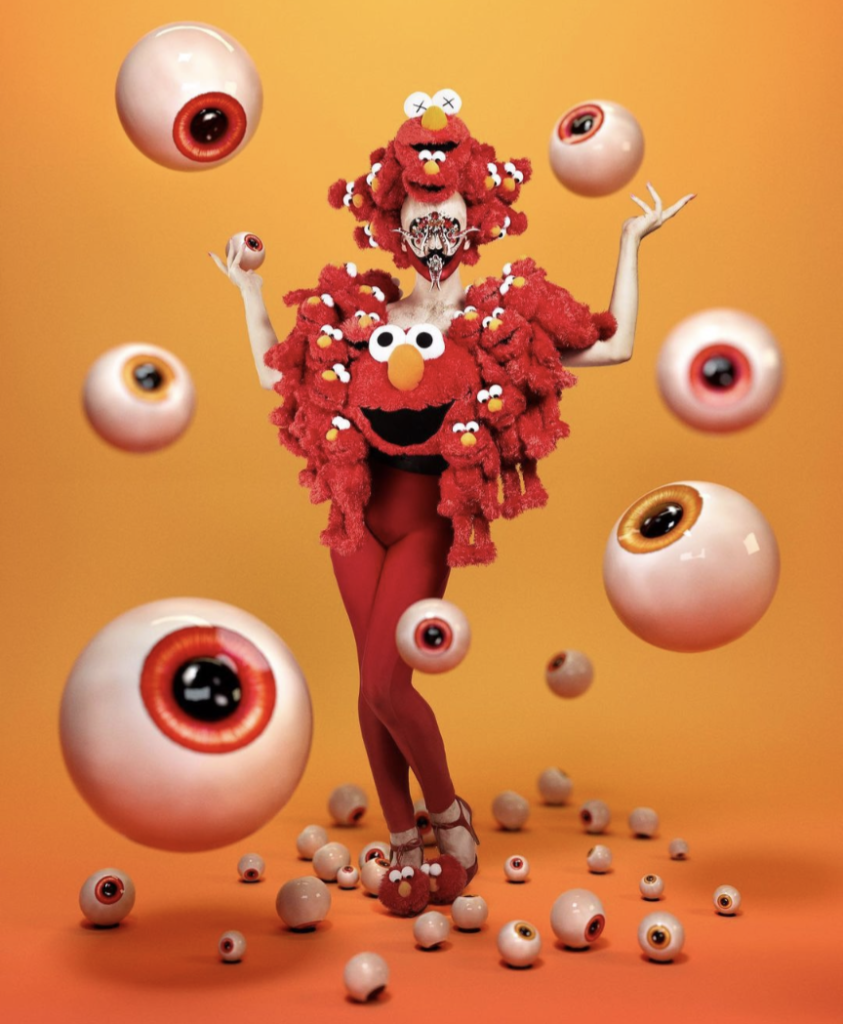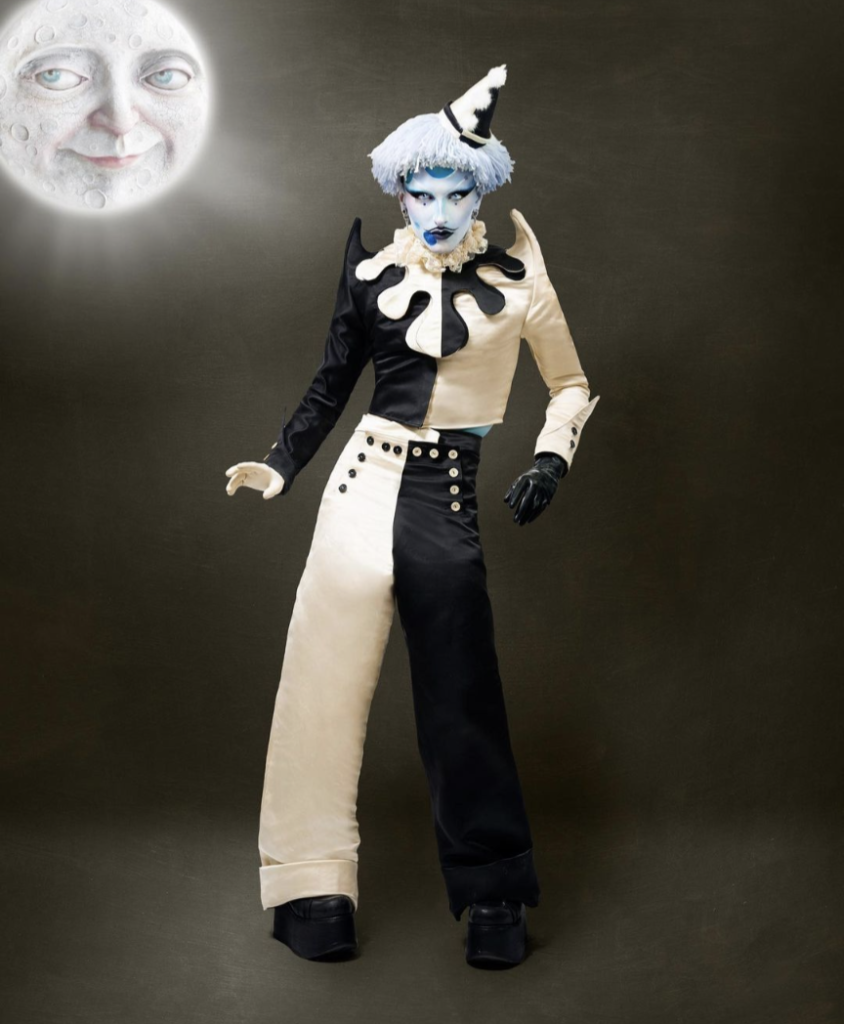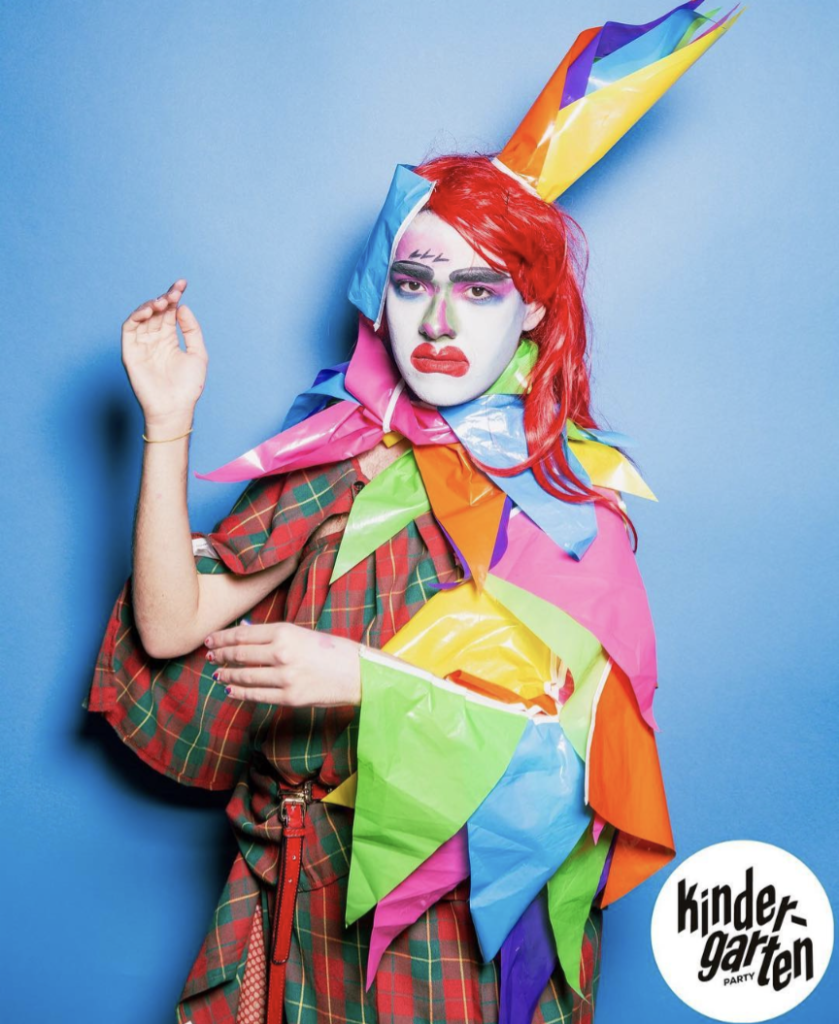
Outrageous makeup, a cringing sense of humor, entertaining contents with a political dimension – drag artists and clowns have a lot in common. Even though they have their own existences and history, clowns have been inspiring drag artists for years. More than just an inspiration, it’s about taking ownership.
The word “clown” was coined during the 17th century in England. From fair protagonists to circus icons, clowns slowly started to leave the circus tent to become iconic figures of pop culture. Far from the entertainment they were originally assigned to, clowns became one of the best known horror figures. Killer clowns are everywhere, mostly in books and movies like for example IT by Andrés Muschietti (2017) but also in real life in attraction parks and escape game rooms. The clown figure has also been reappropriated by political movements in the 90s.
In Joker by Todd Philip the word “clown” is used by stigmatized colored people in NY to describe themselves by how they’re treated by cops and society. The word “drag queen” also comes from the UK. During the last decade drag has seen its visibility increase with the TV show RuPaul’s Drag Race and alternative shows like The Boulet Brothers Dragula (rejecting the pageant codes of Drag Race).
ClubKids appeared in the 90’s with clubbing culture. Even if they claim they belong to drag art, they’re destroying gender codes with a more infantile and preposterous aesthetic really inspired by clown’s influence.

“For years I’ve been thinking about becoming a teacher, then I realized I hate children, so I decided to become a child by myself.”
Tiggy Thorn, co-founder of Kindergarten party, in Tracks, April 2019
Another example of drag art meeting clown figures is the 8th episode of the 4th season of The Boulet Brothers Dragula. The challenge was to make a Floorshow, a kind of performative and narrative runway on Killer Clowns figure. Each finalist decided on their own interpretation during the performance – popcorn clown, tramp, Korean theater clown or sad pantomime, which shows the diversity of horror clown figures, their influence and the ability for the artist to take ownership of those codes.
One of the contestants, Dahli, definitely built their drag character on clown codes. Dahli confessed during the show that they were fascinated by clowncore to the point that they developed a sort of clown kink.

Clowns and drag artists are kinds of cousins in their own artistic dynamics. They both use the image of buffoons and freaks they’ve been reduced to in order to claim their messages on stage. In a society where LGBTQIA+ people are still stigmatized and oppressed it seems logical to take the dusty clown figure out of the closet to give it a new life.

“I’m a clown for Adults.”
Le Filip, in Divergente podcast, 2019
